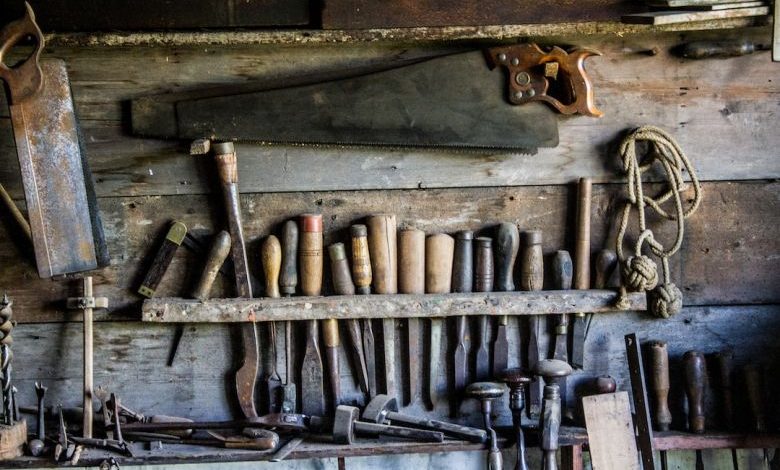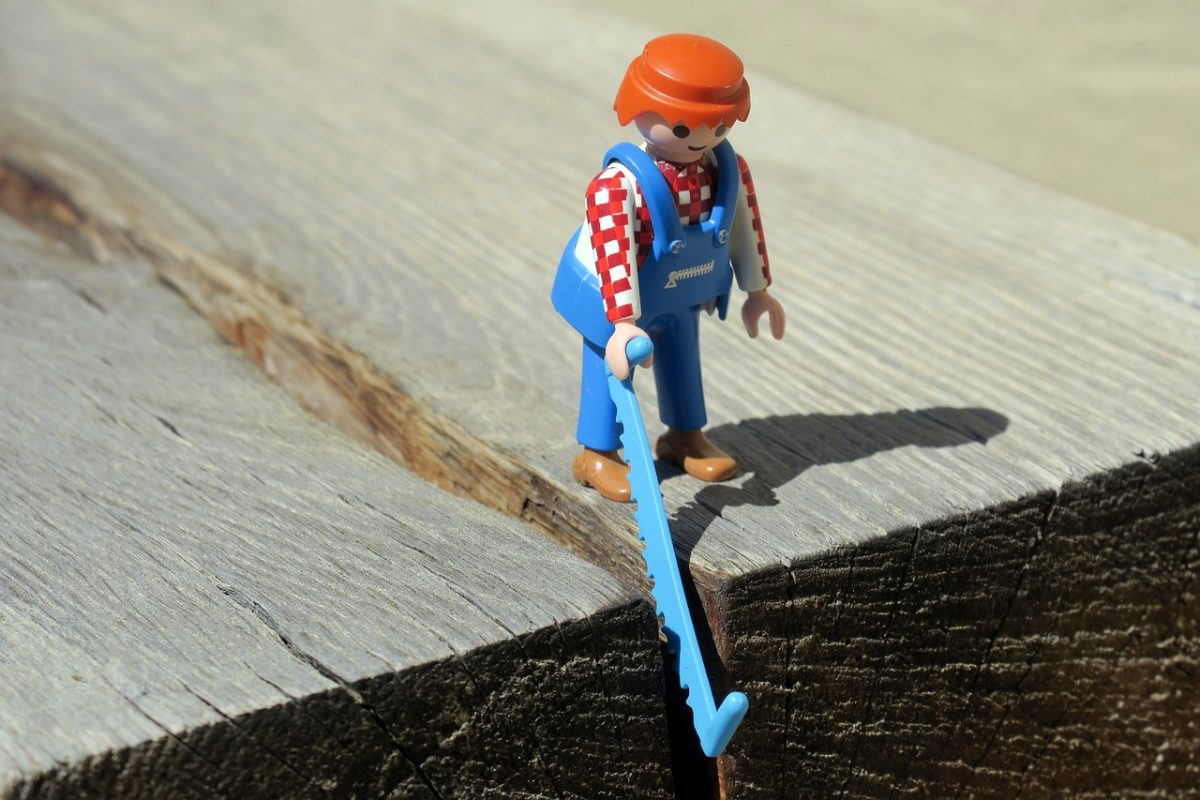Hammer Drills Vs Impact Drills: What’s the Difference?

When it comes to power tools, there are a variety of options available for different types of jobs. Two popular choices for drilling tasks are hammer drills and impact drills. While these tools may seem similar at first glance, they actually have distinct differences that make them better suited for certain applications. In this article, we will explore the dissimilarities between hammer drills and impact drills and help you understand which one is the right choice for your specific needs.
The Basics: How They Work
Before delving into the differences, it is important to understand how these drills work. Both hammer drills and impact drills are designed to create holes in various materials, such as wood, metal, and masonry. However, they achieve this in different ways.
Hammer Drills: Power and Precision
Hammer drills are specifically designed for drilling into hard materials like concrete, brick, or stone. They feature a hammering action that applies rapid, short thrusts to the drill bit while it rotates. This hammering action helps to break up the material as the bit drills into it, making it easier to create a hole.
The hammering mechanism in a hammer drill is powered by an internal clutch that drives a piston back and forth. This piston delivers the blows to the drill bit, providing the necessary force to drill into tough surfaces. The hammering action can be turned on or off, allowing users to switch between regular drilling and hammer drilling modes.
Impact Drills: Power and Speed
On the other hand, impact drills are designed to provide high rotational speed and torque, making them ideal for drilling through softer materials like wood and plastic. Unlike hammer drills, impact drills do not have a hammering action. Instead, they use a combination of rotational force and concussive blows to drive the bit into the material.
The impact mechanism in an impact drill consists of two discs with ridges that interlock and then slip past each other. When the drill is in use, these discs strike each other, creating a series of rapid concussive blows. This action helps to increase the torque and rotational force, allowing the drill to power through tough materials with ease.
Choosing the Right Drill for the Job
Now that we understand the differences in how these drills work, let’s discuss when each one is the best choice.
Hammer Drills: Tackling Tough Materials
Hammer drills excel at drilling into hard materials, such as concrete or brick. They are commonly used for tasks like installing anchors, drilling holes for electrical outlets, or creating holes in masonry walls. The hammering action of these drills makes it easier to penetrate tough surfaces and ensures that the hole is clean and precise.
Impact Drills: Speed and Versatility
Impact drills are more versatile and suitable for a wide range of drilling tasks. They are excellent for driving screws, making pilot holes in wood, or drilling holes in softer materials like plastic or metal. With their high rotational speed and torque, impact drills can quickly and efficiently complete these tasks.
In Conclusion: Choosing the Right Drill for Your Needs
In summary, hammer drills and impact drills have distinct differences that make them better suited for specific tasks. If you frequently work with hard materials like concrete or masonry, a hammer drill is the right choice for you. On the other hand, if you need a versatile tool that can handle a variety of drilling tasks, an impact drill is the way to go.
Ultimately, the decision between a hammer drill and an impact drill depends on the type of work you do most often. By understanding the differences between these tools and considering your specific needs, you can make an informed decision and select the drill that will best meet your requirements.




